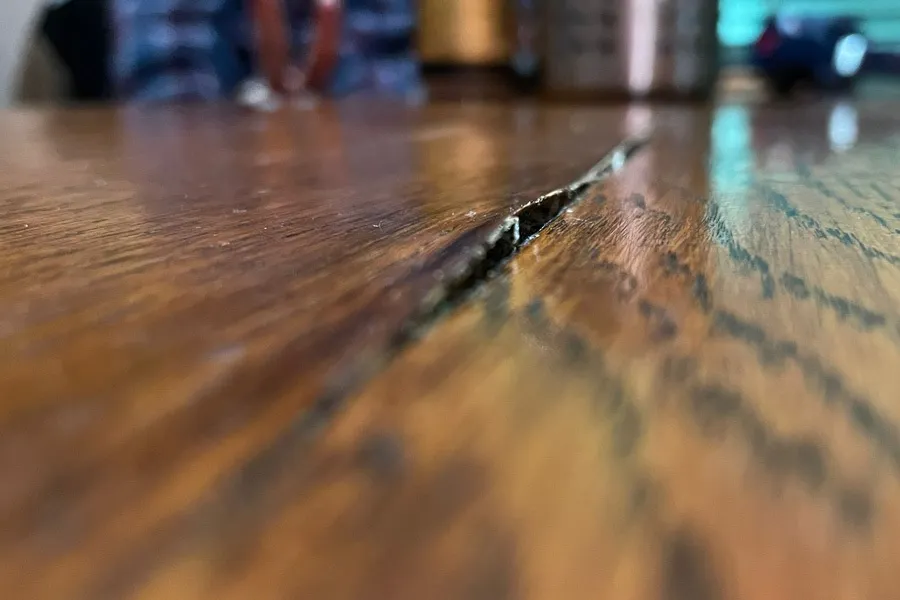What Causes Wood To Expand & Contract? The main factor in wood expansion and contraction is moisture. All wood, whether it is still part of a living tree or felled for woodworking, has a moisture content. Therefore, wood can take on more moisture and it can also lose moisture.
When humidity is high, wood absorbs moisture and swells. When humidity drops, wood shrinks. This is gradual, so you probably won’t notice weekly changes. But seasonal changes cause problems you can’t miss, like sticking doors, ugly gaps in woodwork or a crack on the wall. This occurs whether wood is fresh from the mill or centuries old, whether it was kiln dried or air dried, and it can apply a tremendous force that is almost unstoppable.
Wood moves as its moisture content changes. Wood doesn’t move much lengthwise, so you don’t have to worry a lot about boards getting shorter. When wet wood dries, it shrinks. The amount of movement is determined by the type of wood and the degree of change in its moisture content.
Because your crawl space can include wood joists and beams, your crawl space could potentially have problems and those problems could cause issues inside your home.
There are some major problems that can affect flooring above a crawl space and these can occur regardless of whether it’s a new home or an existing home:
- Visible Flooring Damage
- Wood floors may appear scalloped, buckled, cupped, warped, or sagging
- Vinyl or linoleum flooring may bubble, wrinkle, make popping noises when you step down, or generally delaminate
- Visible mold growth on the baseboards and flooring
- Musty, mildewy odors emanating from the crawl space
Don’t neglect your crawl space! Call us today for a Free Inspection.



0 Comments